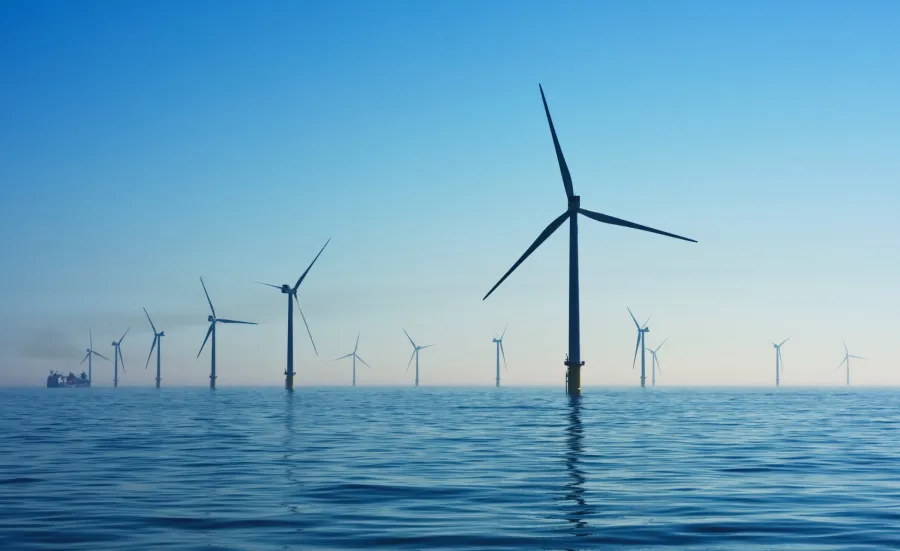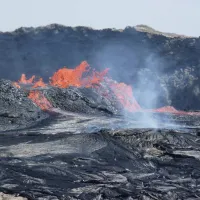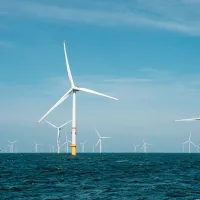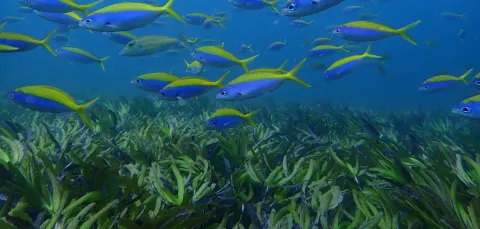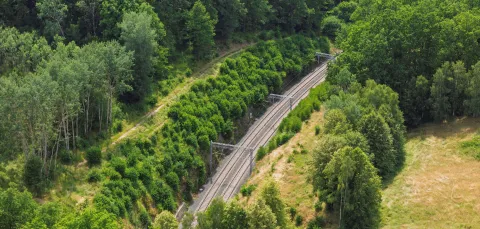Around the world, there are powerful connections between countries that you wouldn't know were there. Thousands of kilometres of high voltage cables are buried just below the seabed, transferring power from offshore windfarms onto land. As our needs grow, so does the role - and cost - of marine high voltage cables (MHVCs).
A team of researchers from across the University, including experts in Ocean and Earth Science, Electronics and Computer Science, and Civil and Environmental Engineering, are working to improve the design of these marine high voltage cables (MHVCs).
As well as maximising power transfer and saving money, the project could lead to a better understanding of how climate change is affecting ocean temperatures. This would mean a greater insight into the biological and geochemical processes at the seabed, and their critical role in the health of the oceans.
Understanding the environment
If a cable becomes too hot, there is a negative effect on its ability to transfer power. In the worst case scenarios, this leads to total failure of the line. In order to avoid this from happening, it's important to have a good understanding of the environment in which the cable will be placed, as this allows you to ensure it is fit for purpose.
Optimising cable design
The research team has used a combination of numerical models of heat transfer, lab experiments, and temperature data from active cables, to confirm that cable designs can be changed without sacrificing a healthy margin of safety.
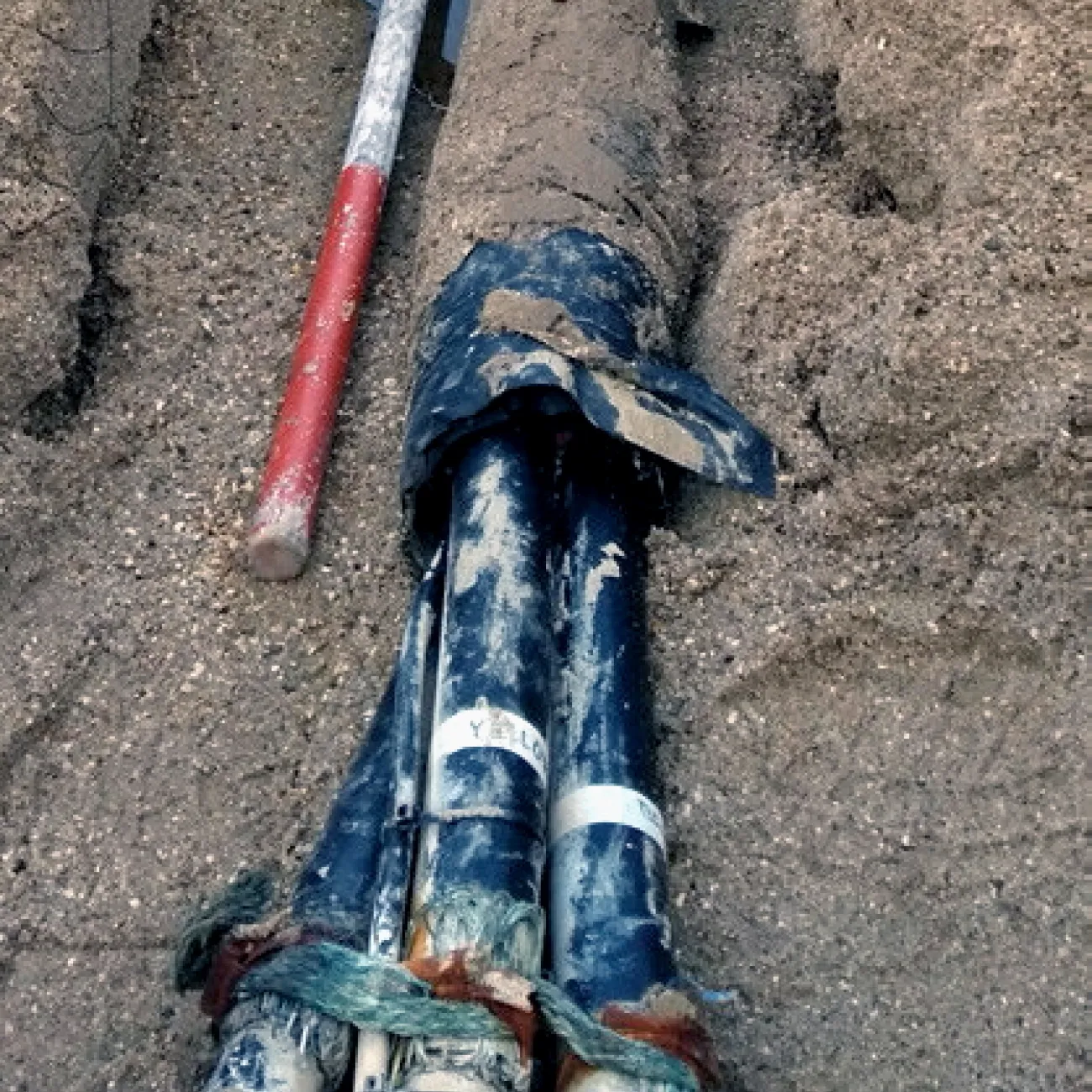
They were the first to establish that cables under the sea floor disperse heat through both convection and conduction, and that the ratio of one to the other is determined by the permeability and thermal conductivity of the sea bed. This is a crucial update to the information that has traditionally informed cable safety ratings, which is based on decades of research into land-based cables.
A new role for the '3D Chirp'
3D Chirp is a high-resolution acoustic system that was developed during a research project led by Professor Jon Bull, in the early 2000s. The system has now been repurposed to carry out burial surveys for cables that have already been installed.
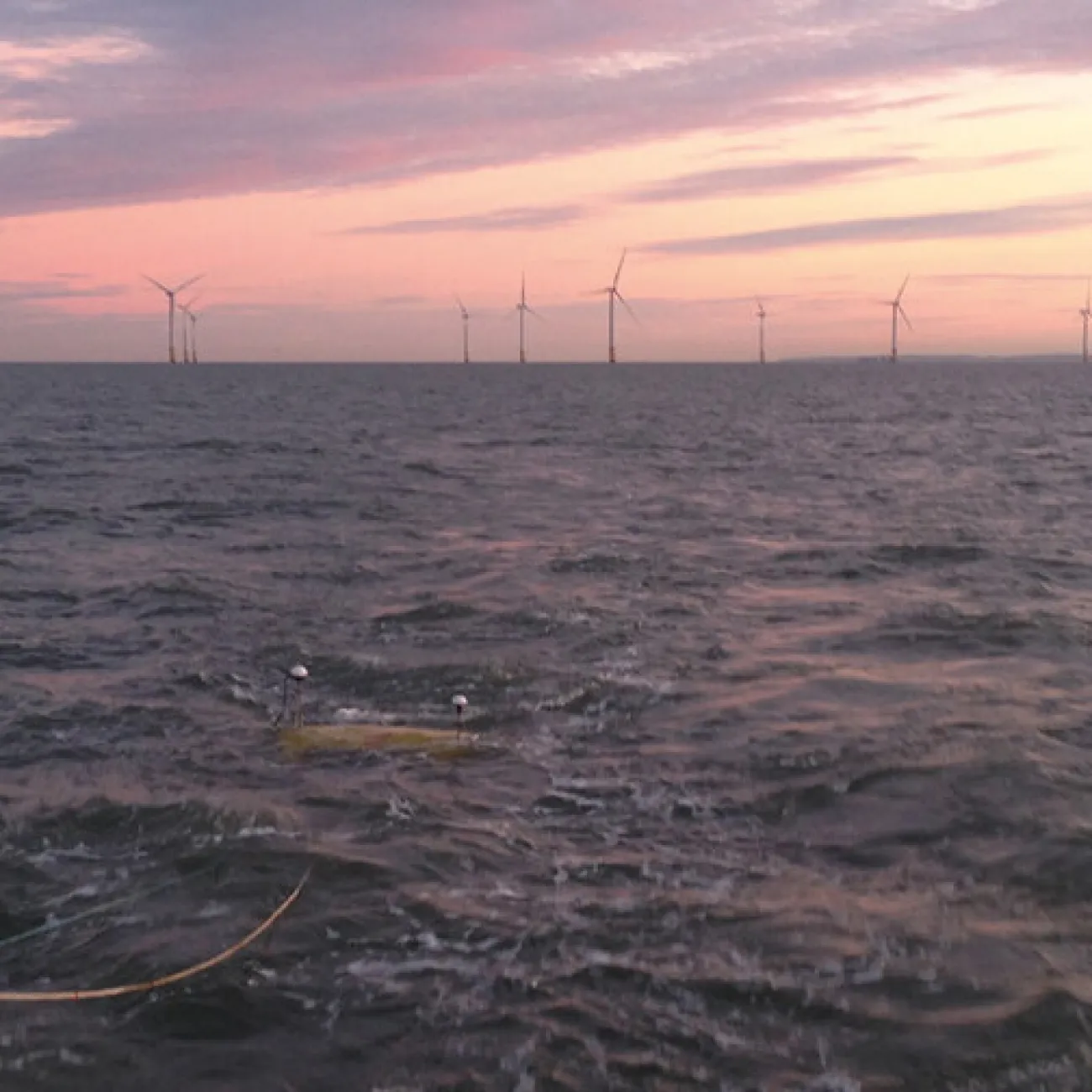
The system can track cable routes in three dimensions, providing critical data input for cable operation. It is now operated through Sand Geophysics - a start-up formed by Ocean and Earth Science alumni - to detect everything from cables to unexploded ordnance ahead of the construction of offshore infrastructure.
Current impact
At present, the team's research is being used by windfarm developers:
- SOFIA Windfarm, currently being built in the North Sea, will provide 1.4 gigawatts to 1.2 millions homes.
- Inch Cape Windfarm will produce 1 gigawatt for up to 1 million homes, making it one of the largest sources of renewable energy in Scotland.
The team are also working with fibre optics company AP Sensing, to integrate their ideas into burial-depth prediction software, and have also entered discussions with various cable manufacturers.
Future work and climate monitoring
These cables also offer a consistent record of seasonal variations in ocean bottom temperatures. Justin believes that ocean bottom temperatures can be back-calculated from the catalogue of data of the last few decades. This is significant because ocean bottom temperature is one of the least studied ocean parameters on the planet.
